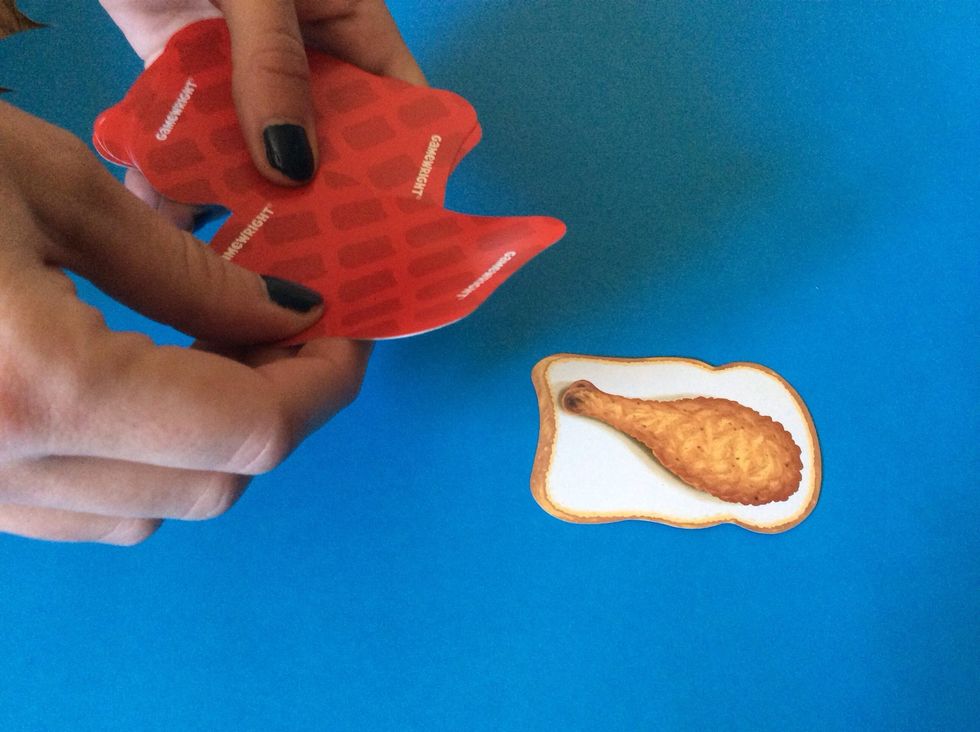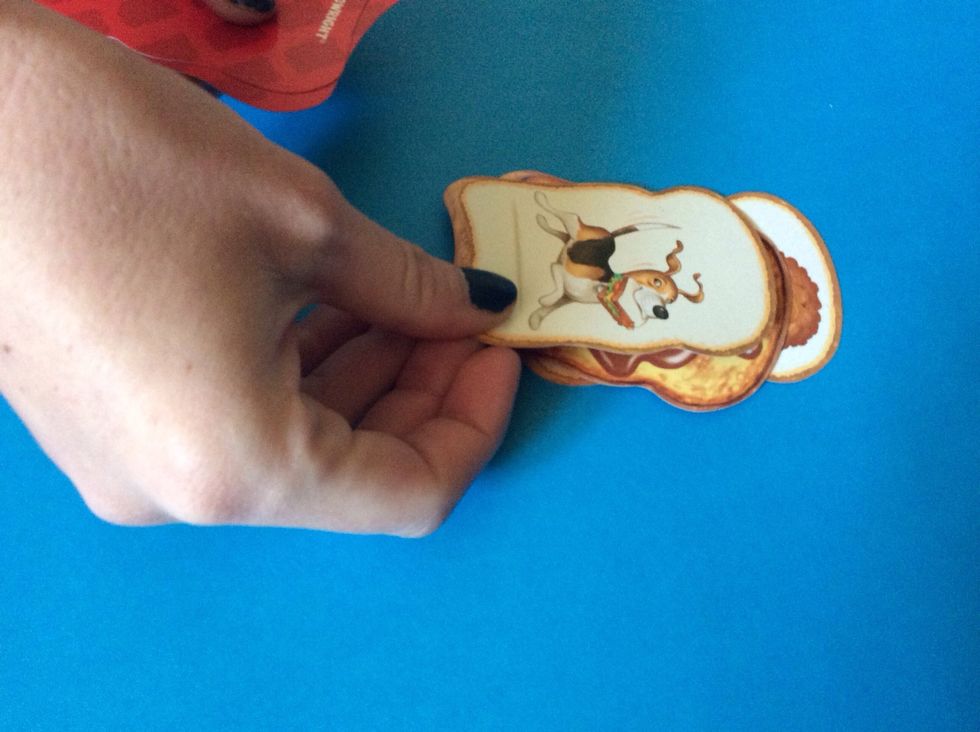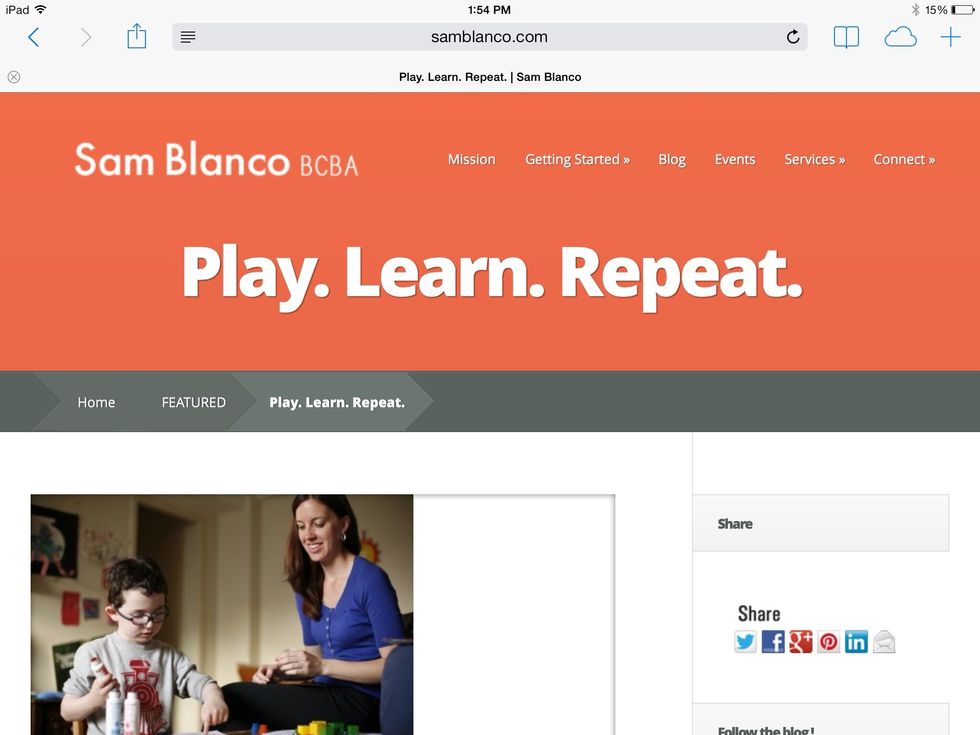How to shape gameplay for slamwich
This fun and silly card game has been a favorite with my students with autism for years. It's great for working on patterns, labeling items, playing with speed, accepting errors, and peer play.
31
STEPS
TOOLS
Remember to keep it fun! Once your learner has correctly completed a step three consecutive times, you should add the next step.

Introduce the concept of taking turns placing cards on the center pile. Some learners with autism may struggle with holding their cards with one hand and playing the top card with their other hand.

Introduce the thief cards. When a player sees a thief, he/she yells "Stop, thief!" The first player to call out "Stop, thief" gets to take all the cards from the center pile.
I introduce the thief cards first because they are guaranteed to show up as you play, and many of my learners love the part of the game that requires them to yell!

Next, introduce the concept of "double deckers," or when two of the same cards are played in a row. Remind learners to pay attention to every player's turn so they can spot the double deckers.

After your learner has mastered identifying thieves and double deckers, introduce the concept of a "slamwich," when two of the same card are separated by one that's different.
Once your learner is playing and identifying thieves, double deckers, and slamwiches, they are playing Slamwich as designed!

To play a more challenging version of the game, introduce Muncher cards. This requires learners to understand more complex steps, but provides an opportunity to have the game grow with the learner.
Your learner does not have to master all the steps in order to engage in play with others. Your ultimate goal is to increase opportunities for play with siblings and peers in motivating ways.

For more information on modifying games for learners with autism and other developmental delays, visit www.samblanco.com.
The creator of this guide has not included tools
Sam Blanco
Special education teacher, Board Certified Behavior Analyst. Dedicated to showing the value of games, play, and technology in special education.
Brooklyn, NY
The Conversation (0)
Sign Up